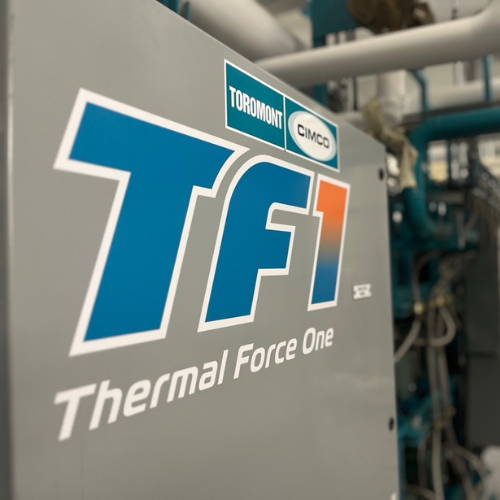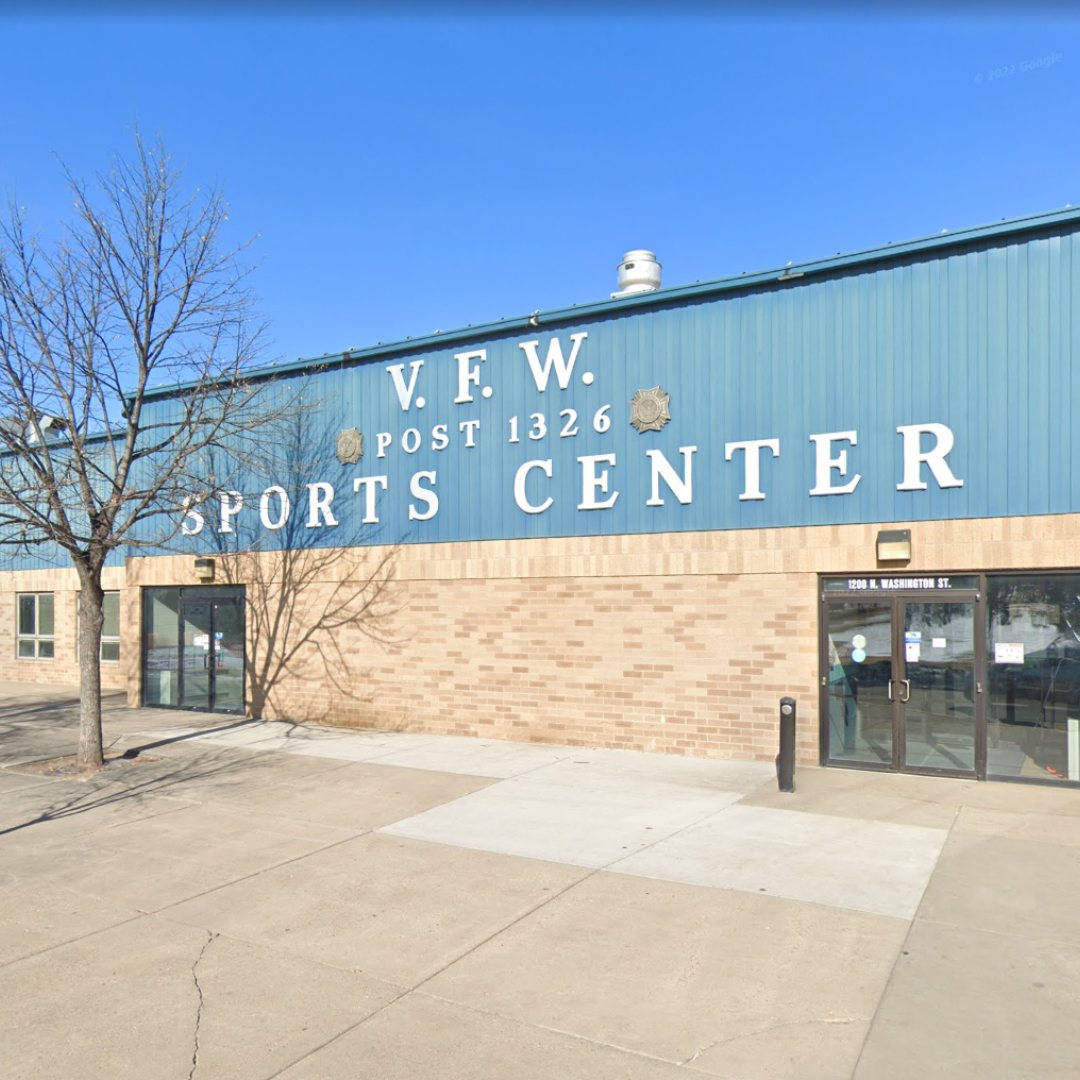
This guide features successful installations of CO2 and ammonia ice rinks, as well as the history of natural refrigerants in ice arenas, the basics of using natural refrigerants, the efficiency advantages of natural refrigerants, regulations impacting these refrigerants and the environmental and health impact of HFO blend refrigerants. It explains why refrigeration systems using a natural refrigerant – CO2 or ammonia – are a better long-term choice from a business and environmental perspective than a system using an HFO blend like R513A or R449A.
Related posts

Guysborough Municipality Raises the Bar With All-in-One CO2 Heating, Refrigeration & AC
This integrated system not only serves as a boon to the local community but also stands as a testament to environmental stewardship – a win-win achievement
Read more

CBU Pioneers New Home for Women's Hockey in Canada, Championing Inclusivity, Community Impact, and Sustainability
The project includes an NHL-sized ice surface, a new energy-efficient refrigeration system, and an all-electric heating and cooling system.
Read more

VFW Sports Center, North Dakota
CIMCO’s Eco Chill ammonia package complete with three ice batteries and heat recovery was chosen from four possible system options proposed.
Read more

